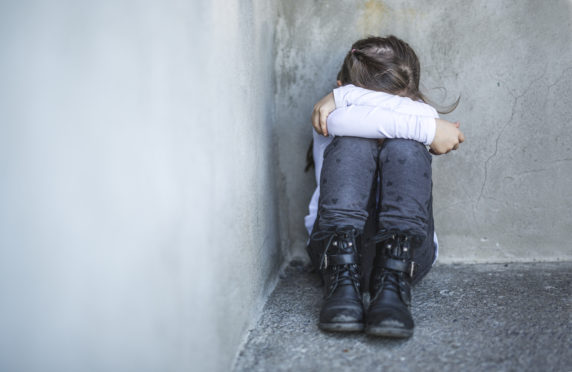
Ministers must take urgent action to deal with the “staggering levels of child poverty” that parts of Scotland are facing, campaigners have demanded.
In eight of Scotland’s 32 local authorities more than a quarter of all children are growing up in poverty, new figures showed.
In the Glasgow City Council area almost two fifths (37%) of youngsters are living in families that are struggling to get by, according to the End Child Poverty coalition.
In the Glasgow Southside contsituency, where First Minister Nicola Sturgeon is the MSP, the data showed that 46% of children are in families that are in poverty after housing costs have been taken into account.
Her constituency had the greatest proportion of youngsters in poverty in Scotland, ahead of Glasgow Shettleston (42%) and Glasgow Kelvin (41%).
That compares to a child poverty rate of 11% in the nearby Eastwood constituency – with the same level also recorded in the Shetland Islands.
The figures were calculated by researchers at the University of Loughborough for End Child Poverty, a coalition of more than 70 organsiations including children’s charities, faith groups, trade unions and others.
While the Scottish Government has pledged to introduce a new family income supplement to help those in need, campaigners said action was needed before the planned timescale for this of 2022.
John Dickie, director of the Child Poverty Action Group in Scotland, said: “Today’s stark figures outline the staggering levels of child poverty that many of our communities face.
“There is no question rising child poverty is driven by UK Government social security cuts but Scottish Ministers must act now with the utmost urgency to introduce their promised income supplement.”
Mr Dickie, also a member of the End Child Poverty in Scotland umbrella group, added: “These aren’t just statistics. These are children going hungry, missing out on school trips, unable to enjoy the activities and opportunities their better off peers take for granted.”
Jackie Brock, the chief executive of Children in Scotland, said the 500,000 increase in child poverty across the UK since 2010 was a “shameful indictment of a social security system which has failed children and failed families”.
She added: “The Scottish Government’s commitment to introduce a new family income supplement is welcome, but today’s figures show that too many families cannot afford to wait until 2022 to see this support. Early implementation is essential.”
Ms Brock also demanded the UK Government lift its two child cap on allowances for tax credits and Universal Credit, and end the benefits freeze, which means welfare payments have failed to keep pace with inflation.
Marion Davis, head of policy at One Parent Families Scotland, said: “An increasing number of children in single parents families live in poverty because of the combined impact of the benefits freeze, universal credit, a two-child limit on social security payments and the benefits cap.
“It is an urgent priority for the UK government to reverse these cuts and for Scottish Government to implement policies such as the income supplement to help tackle inequality to make Scotland a fairer, more equal country.”

Enjoy the convenience of having The Sunday Post delivered as a digital ePaper straight to your smartphone, tablet or computer.
Subscribe for only £5.49 a month and enjoy all the benefits of the printed paper as a digital replica.
Subscribe